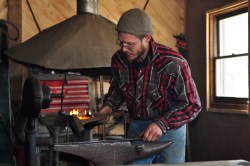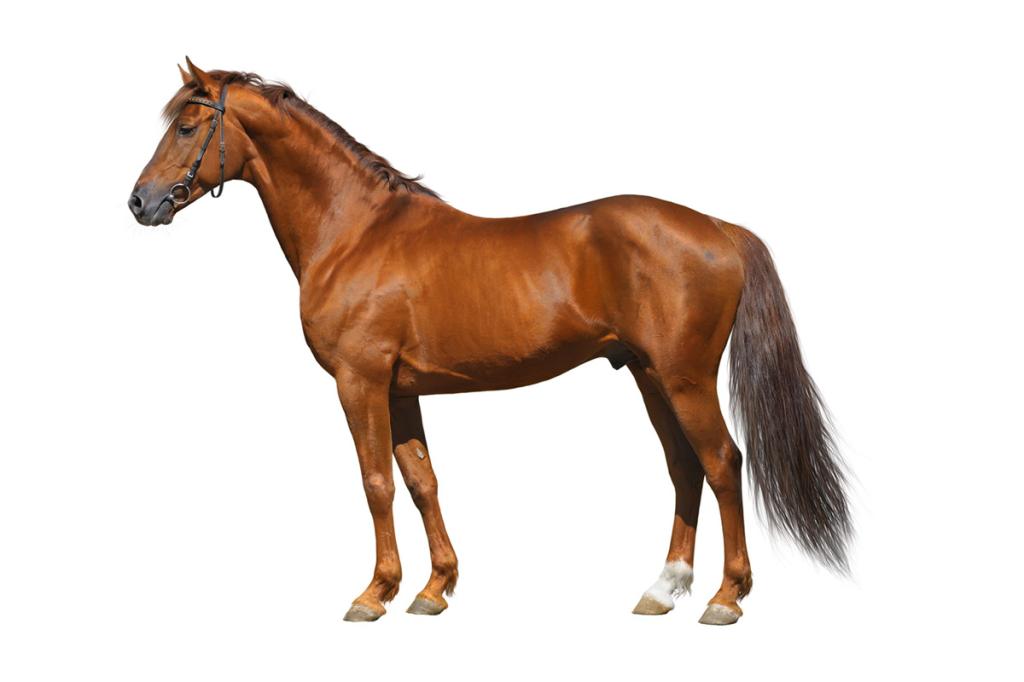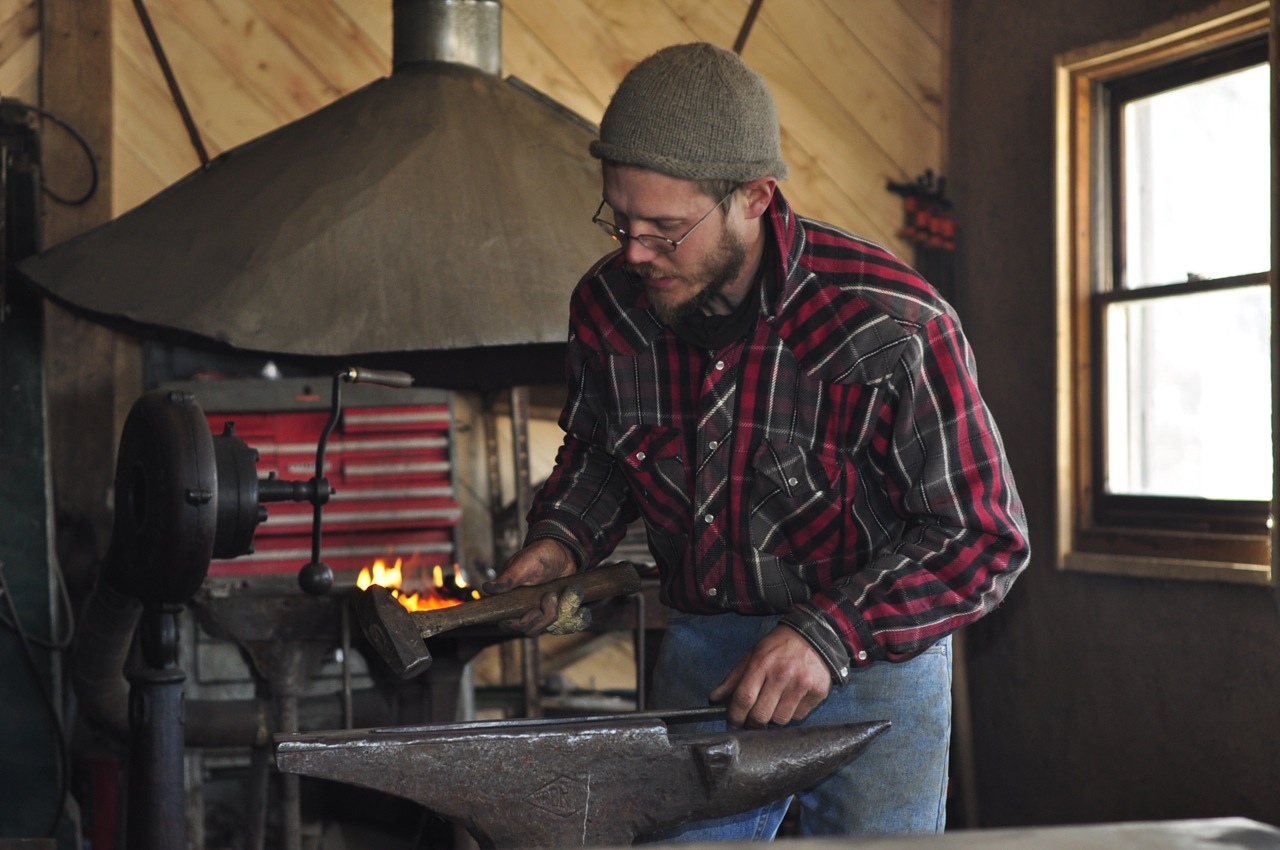
Robert Schulz, one of the founders of Wisconsin’s Driftless School.
With mounting school loans and the uncertainty of finding a job after graduation, 26-year-old Jenny Monfore decided to leave college early and look for alternative education. At the Driftless Folk School in Wisconsin, the Bozeman, Mont., native and massage therapist studied organic food preparation, blacksmithing, and mushroom identification — skills she hopes will augment her income and allow her to live a more independent lifestyle.
“We no longer have practical skills, we don’t know how to feed ourselves, and we’ve basically become lost,” Monfore says. “So we’re slowly building new, thoughtful communities.”
Folk school: The phrase calls to mind cloggers, birch bark hats, and strains of “If I Had a Hammer.” But these craft schools of yore are experiencing a resurgence of late, drawing young do-it-yourself homesteaders and restless baby boomers to the woods to learn about everything from organic farming to electric cars.
The folk-school movement originated in Denmark in the 1800s as an alternative educational system steeped in religion, culture, and community. In the U.S., the schools’ focus on “togetherness” morphed into the ’60s and ’70s hippie and Foxfire awakenings. They were relegated to the fringes by the subsequent corporatization of nearly everything, however, and aside from long-established schools such as the craft- and music-centered John C. Campbell Folk School in North Carolina, they disappeared.
But now, a growing interest in sustainability and the rise of craft and DIY culture, as well as unease with the current course of the economy and climate, are drawing people back into the folksy classroom.
“There’s a level of uncertainty about what the future holds for us as a society,” says Kyle Lind, a 27-year-old college graduate who recently started a 10-month internship at North House Folk School in Grand Marais, Minn. “Oil and food prices are on the rise. The cost of electricity and heat are skyrocketing. More and more people are realizing they have to know how to do for themselves.”
Last June, after doing similar work in Missoula, Mont., Lind started a business, the boldly named Morningwood Hardwoods, salvaging wood from “blow down” urban trees in Minnesota, and says he wanted to learn saw milling skills and expand into furniture making, timber framing, and boat building — the backbone of North House’s curriculum. It’s a way, he says, to break free of corporate America, to forge his own path.
North House holds 350 workshops yearly, drawing students from across the country and the globe. Executive Director Greg Wright says he fields calls weekly from people who want “the recipe” for starting a folk school in their communities. “Folk schools are resurfacing and it’s a reflection that people are conscious that change is coming,” Wright says. “The world is going to change. The paradigm we have now can’t continue to exist.”
The schools themselves have shifted focus in order to be relevant to a new generation, with a heavy focus on organic farming, sustainable communities, and green technology. In Fairbanks, Alaska, the new Folk School Fairbanks will team up with mechanical engineers at a local university that was asked to design an electric car for a manufacturer.
People enrolling in folk schools range in age from 18 to 70. Enrollment is growing among high school graduates taking a gap year before starting college. College grads are opting to spend gap years at folk school, too, in some cases using the opportunity to rethink their careers. Some students in their late 20s and mid-30s come to learn a trade or craft for a second income. Add to the mix boomers who’ve been laid off, have difficulty finding work, and are hoping to start a small business, and others who have chosen to leave careers in pursuit of a long-ignored passion, and you have a recipe for dramatic growth.
The Driftless school, which sits in a hotbed of organic farming amid the rolling hills of Viroqua, Wis., was founded in 2006 by residents who wanted to open an art school. The school (named for the local topography, which was unscathed by the glacial drift that plowed much of Wisconsin flat) now enrolls 300 students annually. Classes, which are mostly held in teacher’s homes, have expanded to include everything from farming to beekeeping to rustic bread craft. With enrollment growing each year, Driftless will eventually move to a permanent building, says Robert Schulz, one of the school’s founders.
Schulz, 37, and his wife own a 40-acre organic produce farm and built their own home. He supplements his income in the off-season by blacksmithing, making railings, door hardware, and fencing — a trade honed at the Campbell school. Nonetheless, Schulz says most of these schools aren’t advocating that students depart society for a rustic life in the woods nor to totally give up day jobs.
Rather, Schulz, Lind, and Fairbanks’ John Manthei see the movement as more of an awakening, an awareness that we’ve drifted a bit too far from nature. Not as doe-eyed as their earlier ’60s counterparts, they know the world won’t become one happy commune. Still, they point to a budding homesteading movement in both urban and rural areas as evidence that these ideas are gaining traction.
“No one is saying this is going to take over,” Schulz says. “For those, however, who are feeling as though something isn’t quite right, that they’re not self-sufficient enough, not creative — they are the ones who will find us.”



